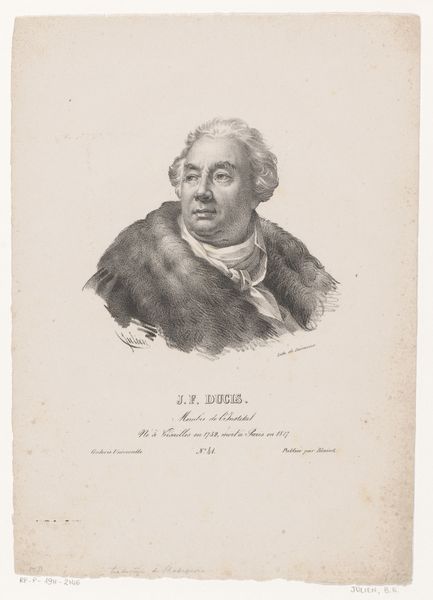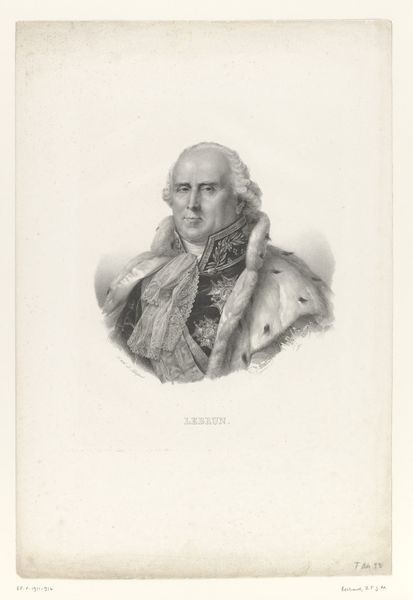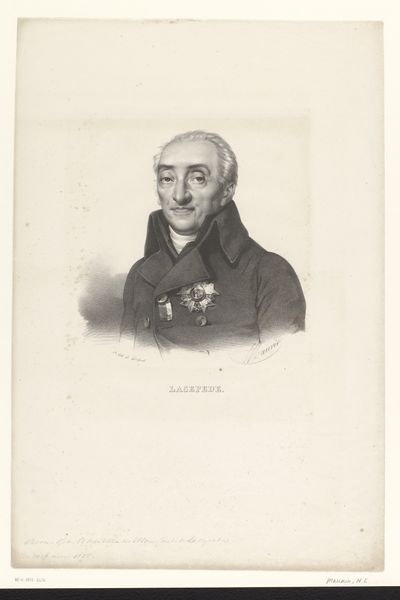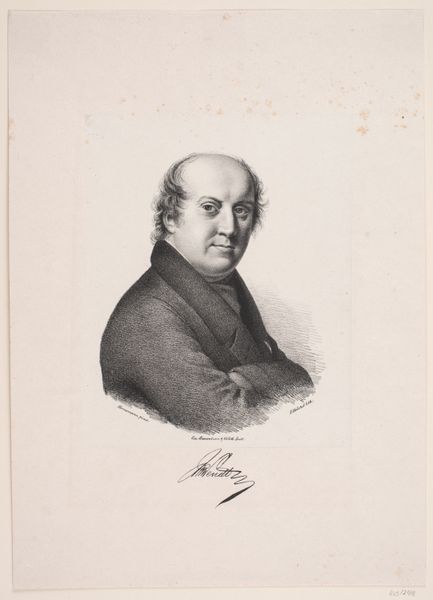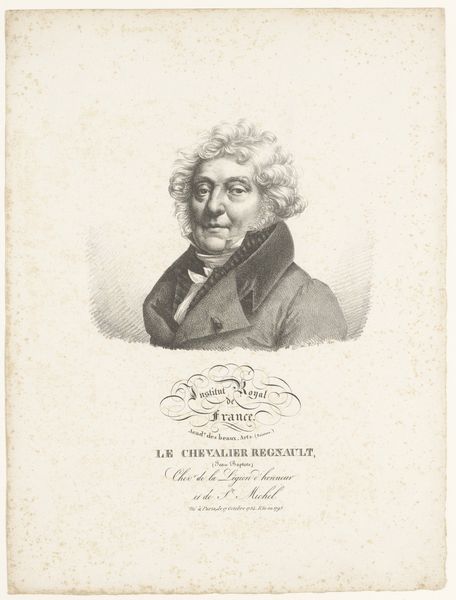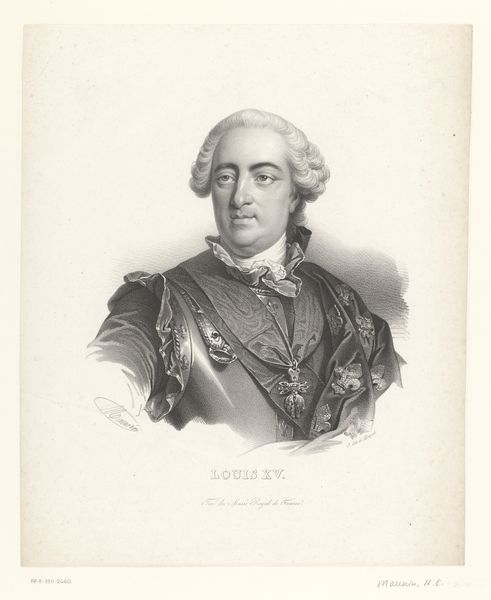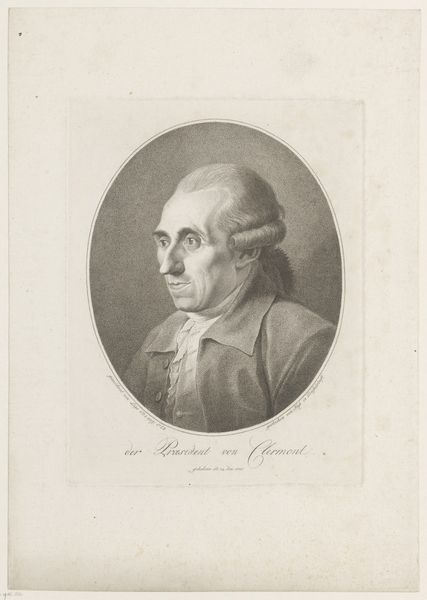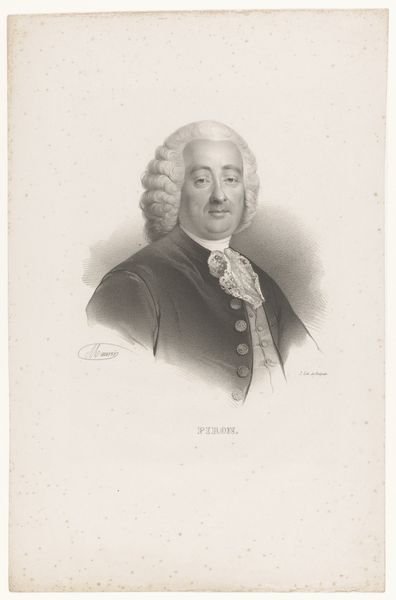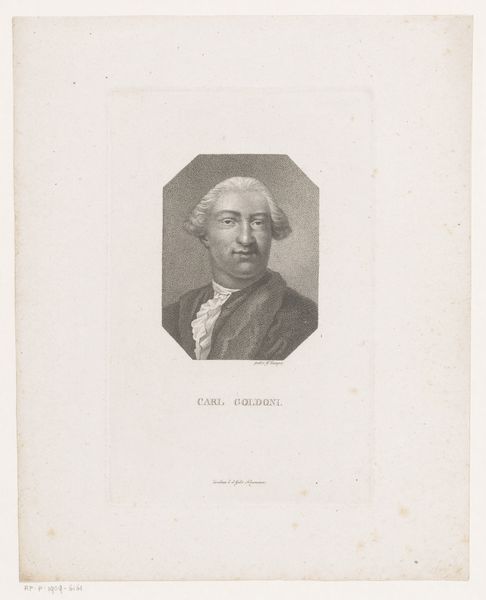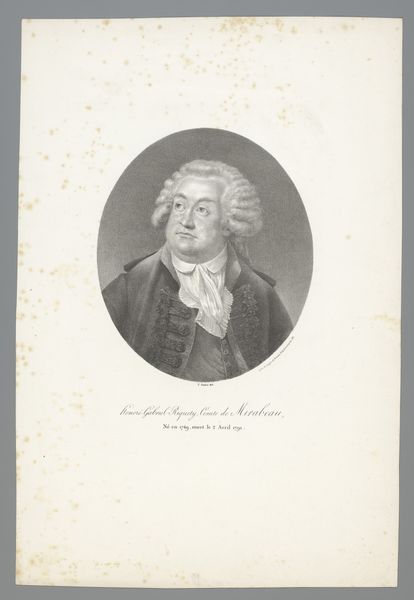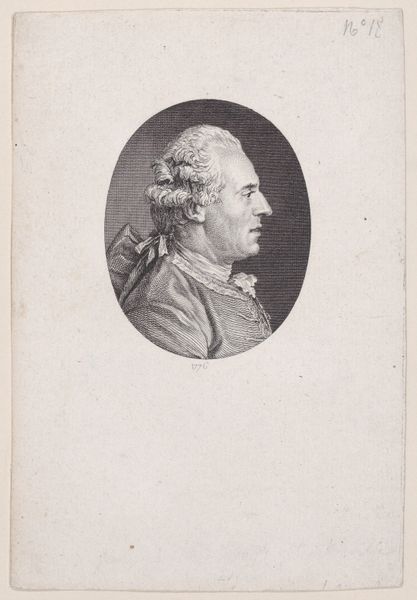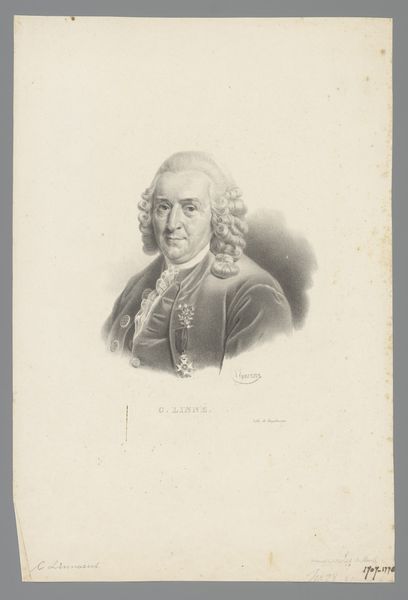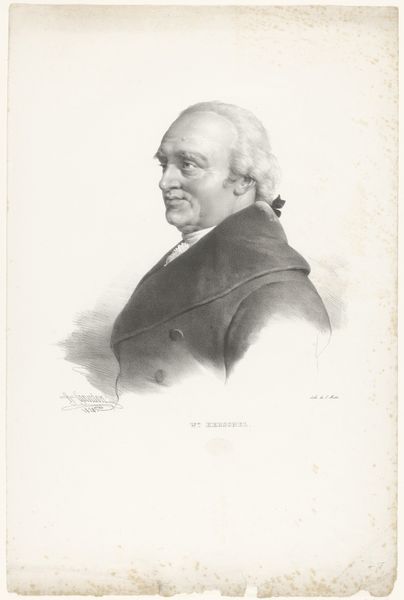
drawing, pencil
#
portrait
#
pencil drawn
#
drawing
#
light pencil work
#
pencil sketch
#
pencil drawing
#
pencil
#
portrait drawing
#
realism
Dimensions: height 462 mm, width 301 mm
Copyright: Rijks Museum: Open Domain
Curator: Here we have a portrait of Étienne-Charles de Loménie de Brienne, attributed to Nicolas Maurin and dating roughly between 1825 and 1842. Editor: There’s something starkly formal yet delicate about it. It’s like a fleeting moment captured in a very precise manner. I’m struck by how the artist conveyed such authority with what appears to be pencil. Curator: Yes, the work is executed in pencil, and this is significant. It democratizes portraiture. Traditionally, portraits of such figures—de Loménie de Brienne was, of course, a cardinal and statesman—would have been oil paintings, symbols of power and wealth. The use of pencil introduces a different social dynamic. Editor: Absolutely, and let's think about pencil as a medium. It’s readily available, relatively inexpensive, allowing for sketching, drafts, for works not considered high art. The softness achieved, the gradations in tone... it allows for a more intimate portrayal than the grand scale of oil. It brings the man down from the pedestal, almost. Curator: Exactly. And the proliferation of readily available images—drawings, prints—allowed for the dissemination of certain political agendas. How an image of power is perceived, then reproduced, is something to think about. It speaks to the relationship between image and influence. Editor: It raises questions about labor, too. How many pencil drawings were created in comparison to oil paintings, what artistic training was required, and how these drawings functioned within printmaking economies? Curator: And this shift reflects broader socio-political movements—a questioning of established hierarchies, of accessibility, or a perception of such, in power itself. What are your overall thoughts? Editor: It’s a captivating glimpse into a historical moment, where shifts in materiality reflected broader societal changes. A formal, authoritative figure translated through modest means of production! It democratizes not just portraiture but hints at wider production questions too. Curator: It's fascinating how this artwork serves as a microcosm of the political tensions of its time, and the slow shift away from old norms.
Comments
No comments
Be the first to comment and join the conversation on the ultimate creative platform.
